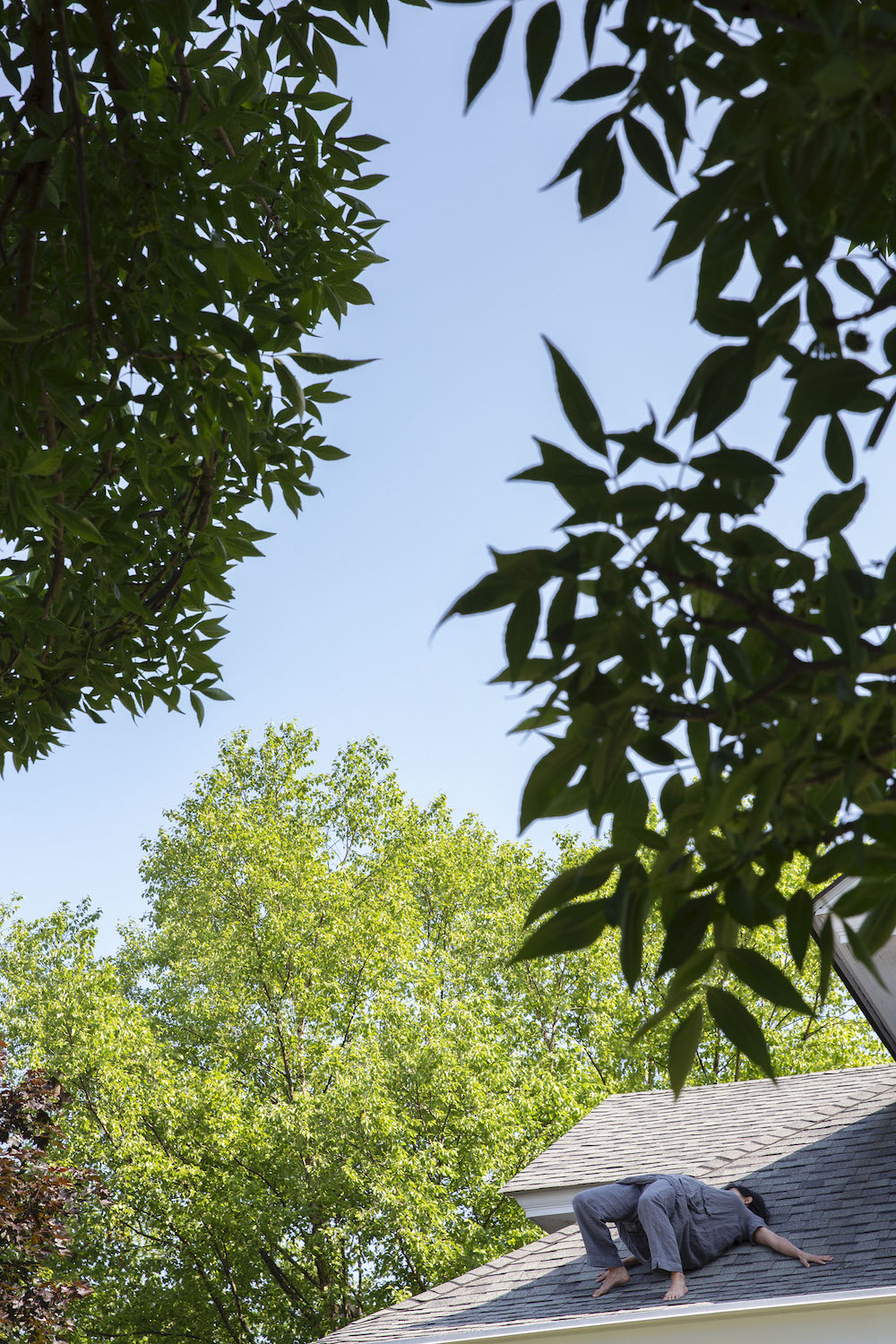
3/23/2020
Artist Spotlight
Laura Larson:
City of Incurable Women
In the coming weeks, Contemporary Art Matters will be turning more to virtual exhibitions via email and social media. We will bring you a curated selection of works from our current and upcoming shows. This week we spotlight photography from Laura Larson taken from our current gallery show entitled City of Incurable Women.
Laura Larson’s work has been widely exhibited, including in shows at Art in General, Bronx Museum of Art, the Metropolitan Museum of Art. She has received numerous grants including the Ohio Arts Council and the New York Foundation of the Arts, also a fellow of residencies at MacDowell Colony, Santa Fe Art Institute and Ucross Foundation. Larson is based in Columbus and is a professor at Ohio University.

Laura Larson Genevieve’s Escape, Part 1 2019, Inkjet print, Edition of 5, Framed: 30 3/4 x 22 3/4 inches
City of Incurable Women examines the nineteenth-century history of female hysteria from a contemporary perspective. The project draws its inspiration from the Iconographie photographique de la Salpêtrière, the three-volume medical reference book produced by students of 19th century neurologist Jean-Martin Charcot (1876-1880.) The Iconographie photographique grew largely out of Charcot’s work with the patients he diagnosed as hysterics at the Pitié-Salpêtrière Hospital in Paris and was meant to provide forensic evidence of the disease, objective documentation, by providing illustrations of the case histories in the form of drawings and photographs. City of Incurable Women reflects the strategy of “looking between”—between an historical archive and a contemporary context of reception; between the real and imagined experiences of the women of Salpêtrière.
Genevieve Legrand, a patient of Charcot’s, fled the hospital multiple times. Her escapes were the inspiration behind Genevieve’s Escape, Part 1 and Genevieve’s Escape, Part 2. Her flights were open acts of resistance and she delighted in outwitting the staff who were treating her. She climbed onto the roofs of the hospital buildings; she hid in the sewers. Genevieve’s escapes were also determined efforts, often at her peril, to seek forms of belonging: to find lovers and sexual pleasure; to reunite with a daughter given up to foster care; to make the pilgrimage on foot from Paris to Toulouse to meet the stigmatic Louise Lateau, her imagined sister in suffering. The figure in Genevieve’s Escape, Part 1 is absorbed in sensual moment, her back arching, while balanced on the roof of a house. Like Legrand’s escapes, I see in this modern-day Genevieve the risks and pleasures of liberation.



